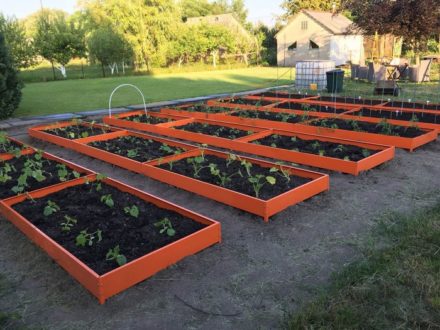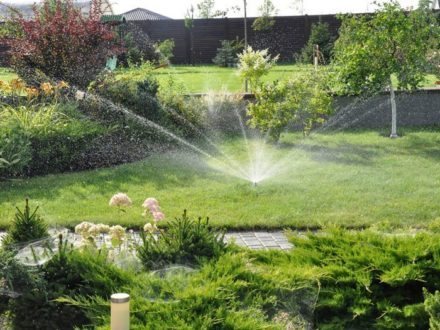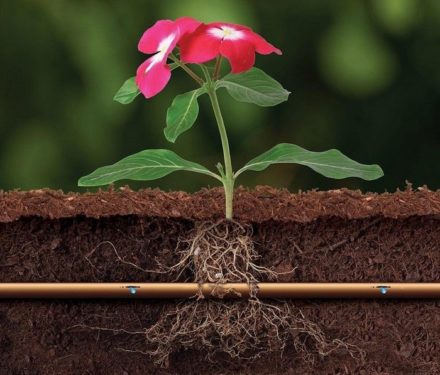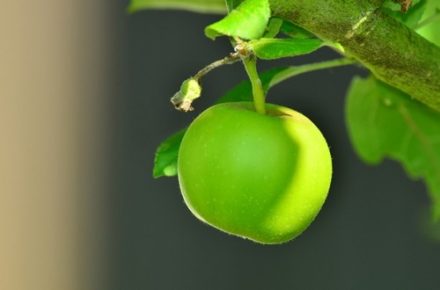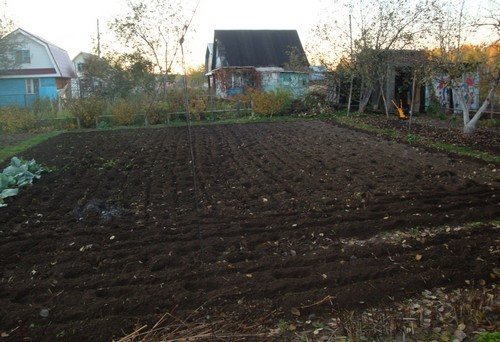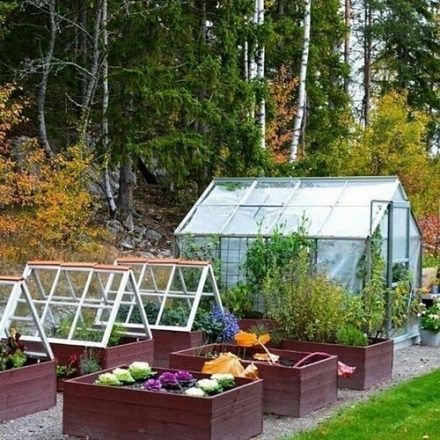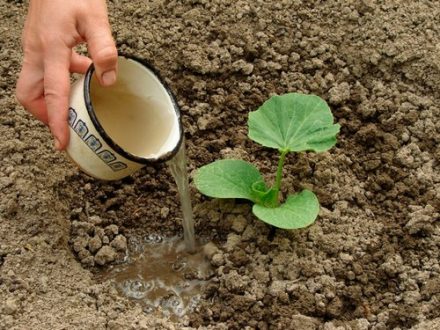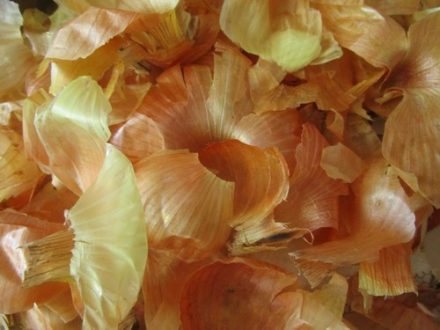It is no secret that the harvest depends on the quality of watering. However, not everyone has the opportunity to organize frequent watering. It is useful to consider 5 ways to maintain soil moisture.

Mulching
The most common and convenient to use is the practice of mulching. The mulching process itself is the surface distribution of mulch on the ground between rows, the role of which can be played by both freshly cut grass and hay reserves. And the thicker the layer of mulch, the more effectively moisture will be retained. Experts recommend focusing on a thickness of 15 mm and above. The closest attention is paid to planting cucumbers. Here the recommended mulch height is from 30 mm.
Benefits of mulching:
- the earth remains loose (not compacted);
- retains moisture;
- Humus formed from mulch is a natural fertilizer for plants.
A type of mulching is making a groove about 10 centimeters wide and then filling it with humus. Water penetrates freely without spilling over the groove. When the rotted mixture dries out, it leaves the soil underneath wet.
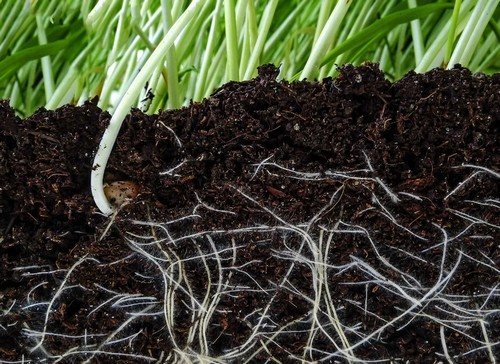
Loosening
Loosening also helps keep the soil moist longer. When watering, peculiar “capillaries” are formed through which water flows into the soil. It rises along them and evaporates.Cultivation destroys the “vascular” system, which will prevent moisture loss. Another reason for loosening is that morning dew penetrates loosened soil better than compacted soil. For effective loosening, a depth of 7–8 centimeters is sufficient.
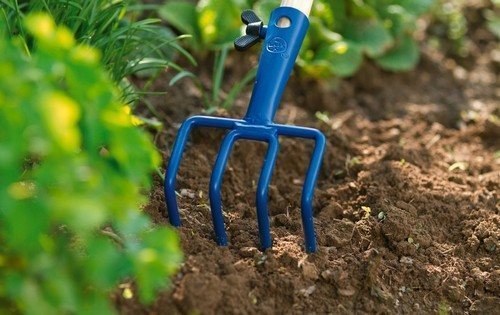
Watering
Organize watering in the evening. This allows you to protect plants from burns when watering in bright sunny weather and gives the water the time it needs to go deep into the ground. After watering, as described above, you can sprinkle with earth or mulch.

Creating a shadow
To protect the beds from the sun, use a canopy. This can be a strip of fabric or shading mesh, which is purchased in specialized stores. The material is stretched between pegs at a distance of a meter above the ground.
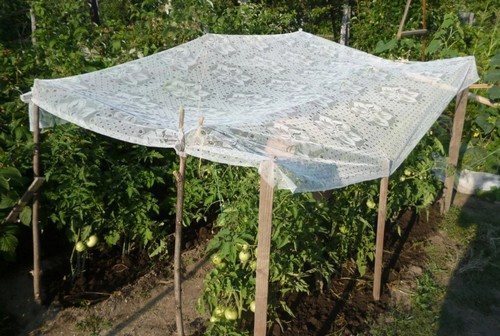
Drip irrigation
With drip irrigation, moisture is delivered drop by drop to the roots of plants from created containers filled with water. For example, when organizing a drip irrigation system, you need plastic bottles with a volume of 2, or better yet, 5 liters at the rate of 1 piece per 1 meter of bed. The bottom is cut off, and the bottle is buried neck down in the aisle. It is advisable to carry out the procedure before the plants have formed a root system. Water is poured into the bottles, which will slowly seep into the ground, giving the plants additional moisture.
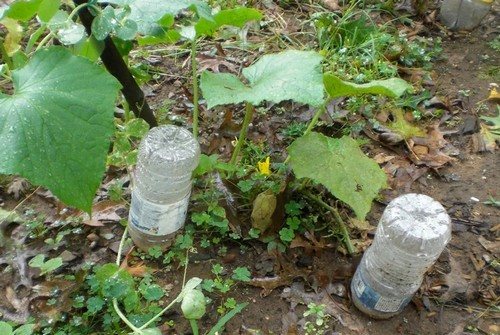
Another option is to make many punctures (small diameter holes) in the bottle. The neck in this case is closed with a lid. If you take drip irrigation seriously, there will be no need for traditional irrigation methods.
Advantages of drip irrigation:
- water is supplied directly to the roots, which has a positive effect on plant growth;
- water savings due to losses that occur due to evaporation with traditional irrigation methods;
- time savings;
- reduction in accelerated soil erosion.
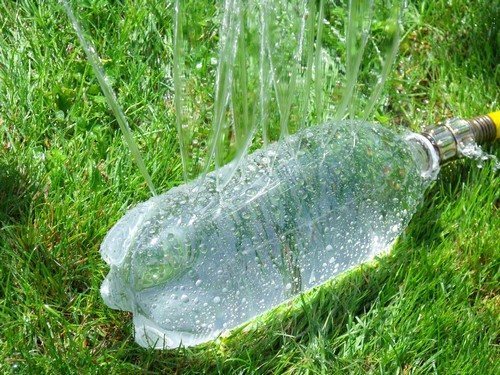
Cons:
- If the plot exceeds the standard 6 acres, drip irrigation using bottles is not suitable, a different approach is required.
- Clay soil will clog the holes.
All of the listed methods of moisture conservation can be combined. They complement each other. Their practical application will allow you to keep the soil moist for a long time and get a larger harvest.


